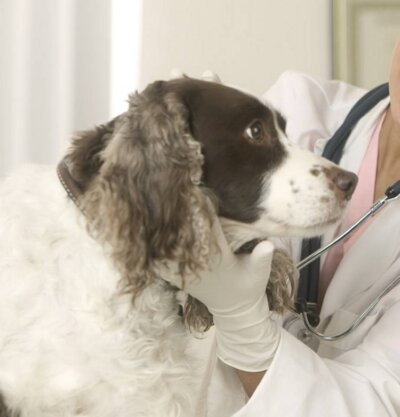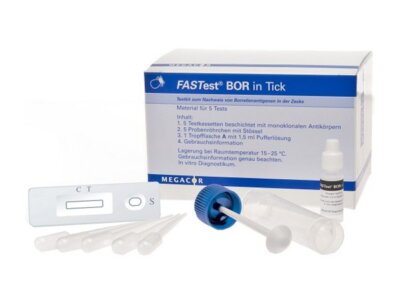
Stories of animals saving the lives of their owners and even strangers are almost daily news. For some animals, in the military and civilian rescue services, saving lives is just a part of their daily routine.
Yet most pet owners wouldn’t know what to do if they found their pet in a life-threatening situation with only their owner to rely on for life-saving first aid. Attempting to redress the balance, many UK pet and animal charities are running veterinary led animal-emergency first aid courses.
Primarily aimed at professionals with close day-to-day responsibilities – such as breeders, trainers, re-homers and kennel-keepers, the courses also offer advice and practical training for the domestic dog, cat and other pet owners.
Courses and training are tailored to suit owners and their pets
Courses and training are tailored to suit owners and their pets, including dogs, cats and horses. Life-threatening situations cover a range of emergencies from choking on food, through various traumas and injuries to poisoning and heart failure.
Many of the first aid techniques and treatment principles are exactly the same as those employed in human emergency relief, but tailored to the usually smaller and more delicate anatomy and physiology of most pets. Techniques of particular interest to pet owners include canine and feline cardiopulmonary resuscitation (CPR) and mouth-to-mouth resuscitation.
Specialist suppliers now support animal first aid with emergency response kits containing bandages, adhesive tapes, eye-wash, tweezers, scissors, wipes and even hypothermia foil blankets.
Web-based courses – ideal for pet owners
Web-based courses mean the vast majority of pet owners can get at least an introduction in how to spot the signs that their pet could be dangerously unwell, and what to do about it. Online ‘how-to’ videos instruct pet owners in recognising symptoms and responding with the appropriate treatment.
Central to pet welfare whether in cases of emergency, injury, longer-term illness and in good health, is the veterinary surgeon. Even after successful first aid intervention, it’s important to get the recovered animal to professional assessment and care as soon as possible.
The veterinary practice is the best starting place for training in animal first aid – whether that’s just for looking after your own pet, or providing a service to a commercial animal facility. Your vet can also help to minimise the risk of an emergency situation arising in the first place, with expert advice on diet, exercise, parasite or disease prevention, and diagnostic and treatment options to keep your pet safe and sound.









